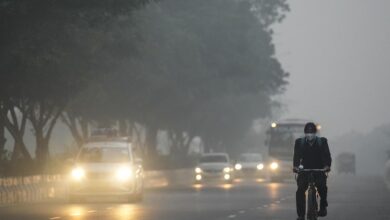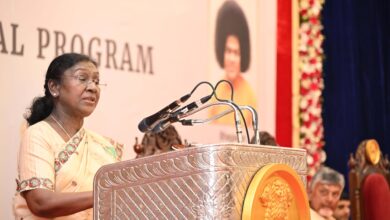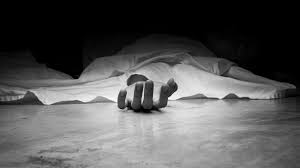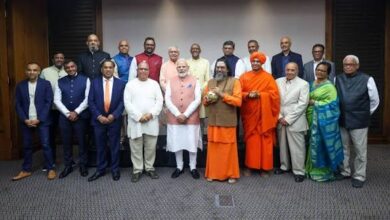Delhi blast case: AK-47 bought for more than Rs 5 lakh, deep freezer used for explosives
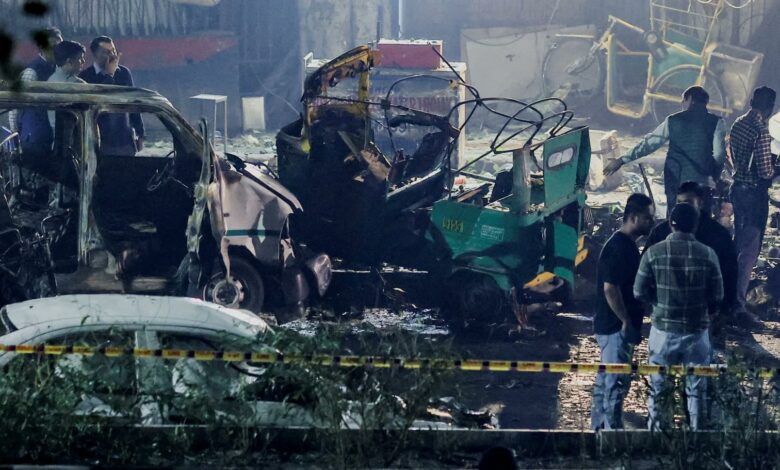
New Delhi: Intelligence agencies investigating the November 10 Delhi terror attack involving a suicide car blast have uncovered fresh details pointing to a wider transnational terror network, a structured chain of handlers, and preparations for multiple coordinated attacks, official sources told ANI.
At least 15 people were killed and several others were injured in the car blast near the Red Fort in the national capital. Dr Umar Nabi, driving the car with explosives, committed the attack. The four other main accused, Dr Muzammil Shakeel Ganai of Pulwama (Jammu and Kashmir), Dr Adeel Ahmed Rather of Anantnag (Jammu and Kashmir), Dr Shaheen Saeed of Lucknow (Uttar Pradesh), and Mufti Irfan Ahmad Wagay of Shopian (Jammu and Kashmir), have been taken into custody by the National Investigation Agency (NIA).
According to intelligence sources, the accused Muzammil, who was arrested after over 2500 kgs of ammonium nitrate were recovered in Faridabad, had purchased an AK-47 rifle for more than Rs 5 lakh, which was later recovered from Adeel’s locker. This weapon purchase is a critical link. It reflects the level of preparation and financing behind the module, an intelligence agency source said.
Sources further revealed that each accused in the module was reporting to a different handler.
Muzammil’s handler was separate, while blast-accused Umar was reporting to another. Two key handlers, Mansoor and Hashim, were operating under a senior handler believed to be supervising the module’s overall activities. These handlers were operating in layers, an official said.
Intelligence sources confirmed that in 2022, Muzammil, Adeel and another accused, Muzaffar Ahmad, travelled to Turkey on the instructions of an individual named Okasa, who is associated with the Tehrik-i-Taliban Pakistan (TTP).
They were supposed to be routed to Afghanistan through a contact in Turkey. But after keeping them waiting for nearly a week, the handler backed out, a source said.
Investigators found that Okasa communicated with Muzammil through a Telegram ID. Their communication intensified after Muzammil asked him about his handler.
Intelligence officials said Umar had been studying bomb-making videos, manuals and open-source content online. He procured chemical ingredients from Nuh and electronic components from Bhagirath Palace and Faridabad’s NIT Market.
He also bought a deep freezer to store the chemicals and prepare the explosive mixture.
The freezer was used to stabilise and process the compound, a source added.
Investigators have confirmed a serious fight between Muzammil and Umar inside the Al-Falah University premises in Faridabad over money, an incident witnessed by several students. Following the confrontation, Umar handed over his red EcoSport car, which already contained explosive material, to Muzammil.
According to intelligence agencies, the module was planning to store explosives at multiple locations and execute simultaneous attacks.
All indicators point to a coordinated multi-location strike plan. The recovered material and digital footprint strongly support this assessment, a senior intelligence source told newsmen.
Further investigation is underway to trace the broader network, financial channels and international handlers involved in the conspiracy.
Meanwhile, the Delhi High Court on Friday refused to issue directions allowing Red Fort terror attack co-accused Jasir Bilal Wani to meet his lawyer at the National Investigation Agency (NIA) headquarters. Wani is currently in the NIA’s custodial remand.


